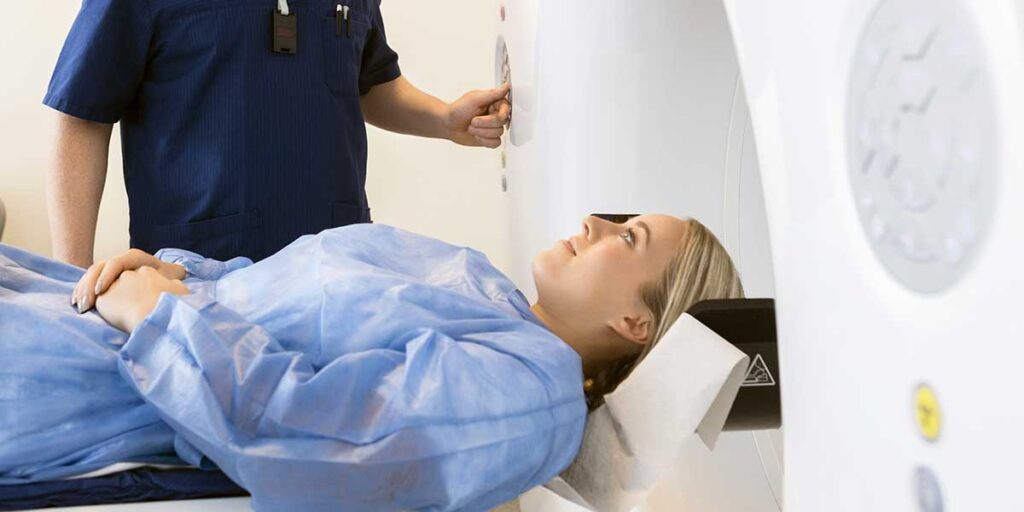Assessing Risk and Detecting Cancer Early
It’s a fact of life that not everyone is at the same risk of developing cancer. While unhealthy lifestyle choices like smoking or heavy drinking can increase the likelihood of a cancer diagnosis, much cancer risk is due to factors out of our control, such as family history. If you’re concerned about your chances of developing cancer early in life, American Health Imaging (AHI) offers diagnostic imaging at affordable rates to detect cancer early.
Are There Ways to Detect Cancer Early?
Since the late 1980s, scientists have worked hard to develop accurate cancer prediction models. Not every type of cancer has a risk model, and studies seem to show that some models are more accurate than others. If you’ve had a first- or second-degree family member—parent, sibling, child, grandparent, aunt, uncle or first cousin—diagnosed with cancer early in life, using a risk model (or genetic testing) to estimate your chances of developing cancer could be helpful. And if the model shows you’re at high risk, you may want to consider routine diagnostic imaging.
Can Breast Cancer Risk Be Detected Early?
There are multiple risk models, or calculators, for breast cancer. The Gail model was the first one developed, but newer options include the Claus model, the Tyrer-Cuzick Model, BRCAPRO and the CARE Model specifically for African-American women. Each model uses a different combination of known risk factors, such as personal information, hormonal/reproductive factors, family history, personal history of breast disease and hormone replacement therapy use to determine your individual risk.
If you already know you have a BRCA1 or BRCA2 gene mutation, you know you have a high risk for developing cancer, and insurance may pay for your annual breast MRI, which is more accurate than a mammogram. But the American Cancer Society also recommends breast MRI for women with an annual lifetime risk of above 20%, which you could have just based on your family history. Even if you’re at a lower risk for breast cancer, a breast MRI can still provide reassurance that you’re seeing the most accurate results, without any radiation.
How Is Ovarian Cancer Detected?
Many women at high risk for breast cancer are also at higher risk for ovarian cancer. Unfortunately, ovarian cancer often has no symptoms until it has advanced. Although there is a preliminary blood screening test for ovarian cancer, its accuracy is low. Imaging like CT scans, ultrasound and MRI may be the best way to look for signs of ovarian cancer if you know you are at high risk. If your doctor has determined that diagnostic imaging for ovarian cancer is right for you, contact your local AHI to schedule an appointment.
Learn about the five cancers that CT scans are most likely to show.
